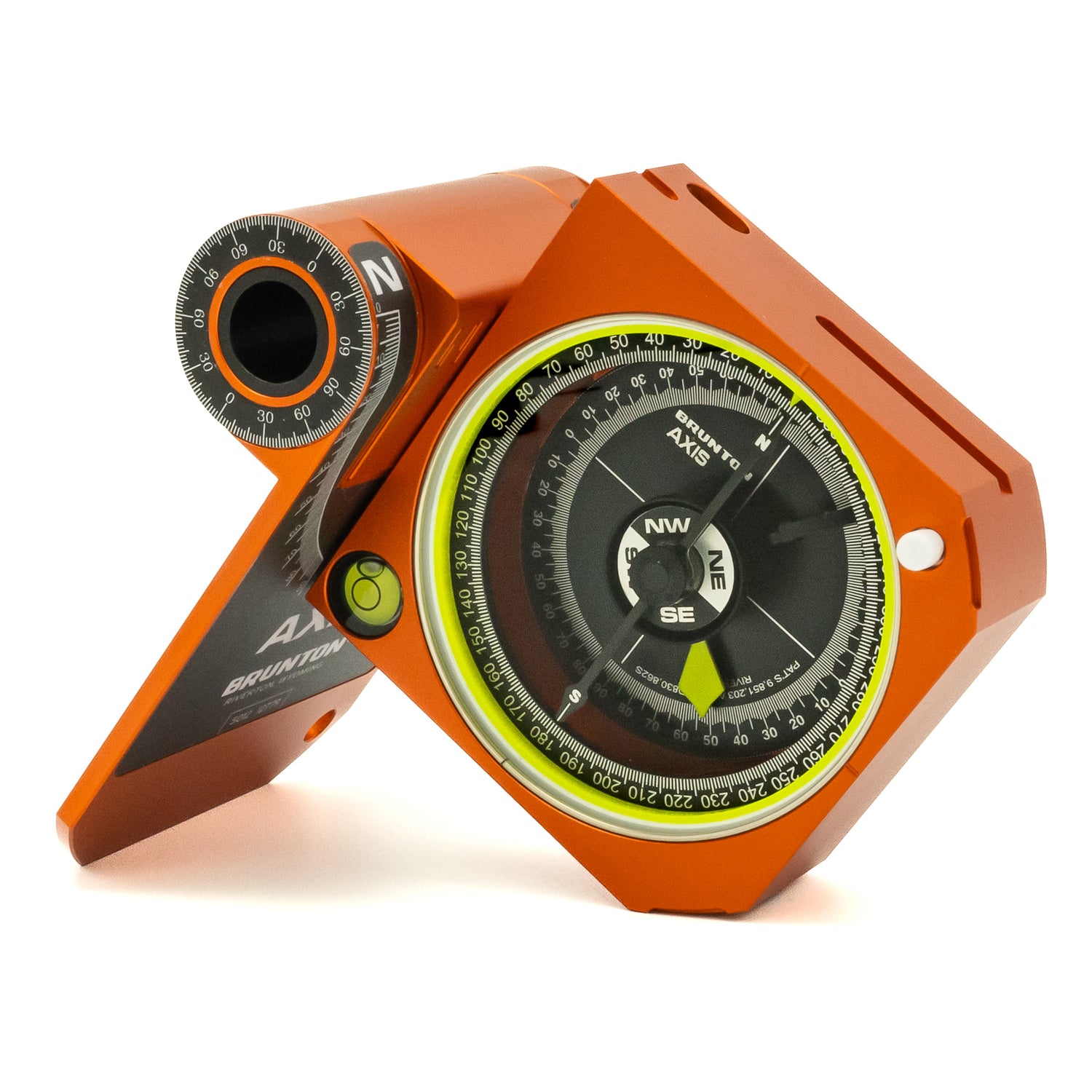Get ready for adventure and expertly navigate these five impressive peaks with your outdoor compass.
Hiking is one of the best ways to connect with nature. Whether you’re gearing up for a ten day backpacking trip, or simply going out for a day hike, there’s always something naturally beautiful to behold out in the wilderness.
Regardless of where you go hike, nature can easily be soaked up, but there’s something vastly different–more epic–about summiting a mountain peak. There are so many peaks to top in the United States that the list is endless. Here are four that are worth the expedition and to exercise your outdoor compass skills.
Longs Peak, Colorado
Nestled among many other peaks and deep in Rocky Mountain National Park, Longs Peak tops out at 14,259 feet. That is nothing to sneeze at considering acute high altitude sickness symptoms–such as nausea and headaches–can set in at 8,000 feet. This is one of Colorado’s many notorious 14ers and a hike that is not for the faint of heart. More than 10,000 people make the summit each year via a 16-mile round-trip up Longs Peak’s’ Keyhole Route. The best time to break out the outdoor compass and hike this peak is in the summer, and some suggest to start as early as 2 a.m.
Mount Katahdin, Maine
The end, or the beginning, of the Appalachian Trail lies within Baxter State Park in Maine. Mount Katahdin is the highest point in the state, and is famous for capping off hikers’ 2,181 mile AT hike. The trail up to Katahdin is aptly named the Knife Edge Trail, where in some spots the trail is only a few feet wide and consists of a 1.1 mile rock scramble. But the views of Maine’s backcountry are well worth the scramble and trek.
Mount Shasta, California
Longs Peak isn’t the only mountain that’s considered a 14er on this list. Mount Shasta burgeons from the California landscape–peaking at 14,179 feet. Avalanche Gulch is known as one of the easier routes and the best time to climb it is between mid-May and mid-July. This hike is about 11 miles round trip with 7,300 feet in vertical gain. Mount Shasta can be climbed in one day, but there is also a backpacking option at Helen Lake. This hike can easily veer off, especially in the snow, so be sure to pack your outdoor compass.
Stony Man Mountain, Virginia
This is the shortest and easiest peak to summit on the list, but that doesn’t make the view any less awe-invoking than the others. Found in Shenandoah National Park, this peak sits at over 4,000 feet and is a relatively short trail clocking in at 3 miles round trip. This is the second highest peak in Shenandoah National Park and the perfect short day hike to catch vast views of the Appalachian Mountain Range.


